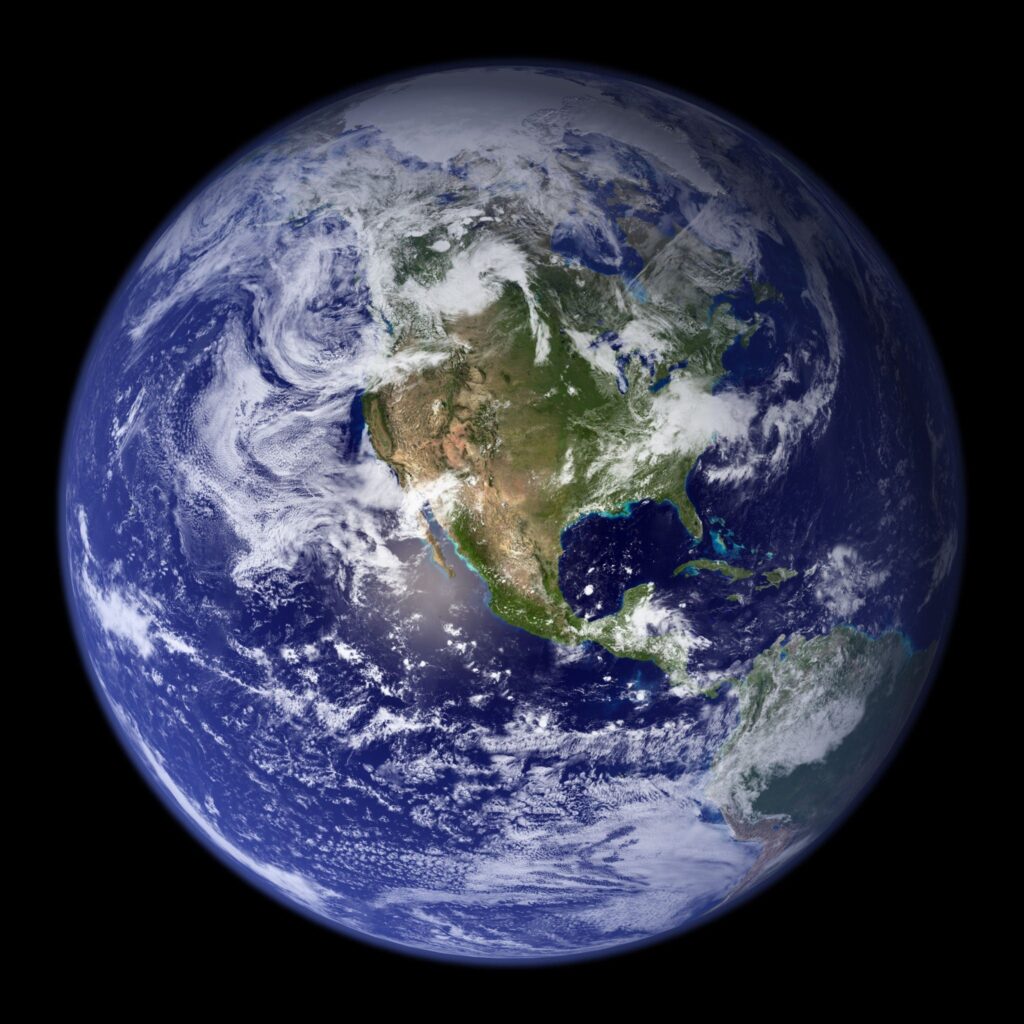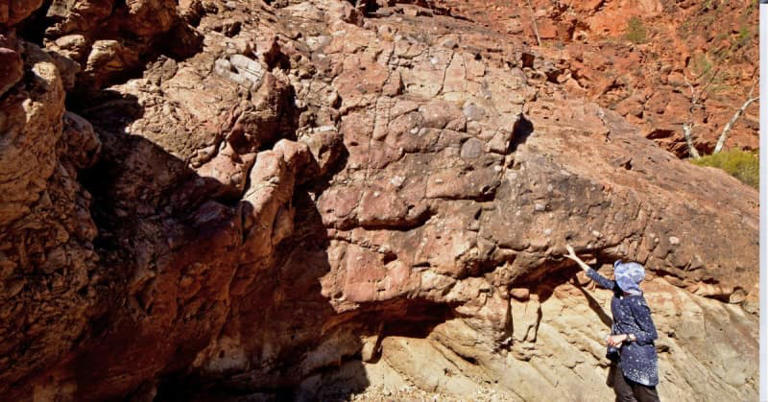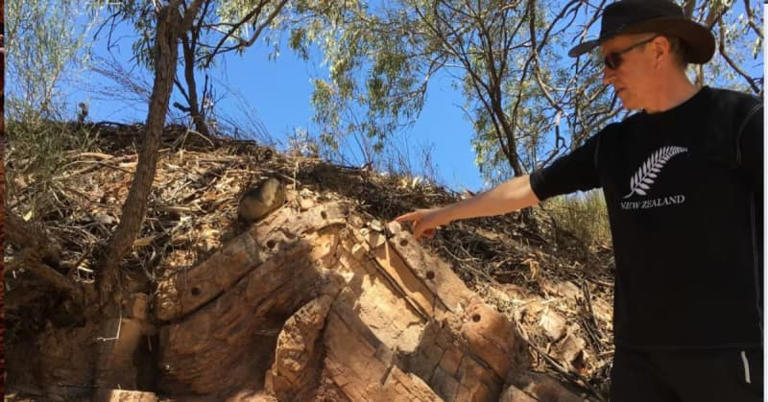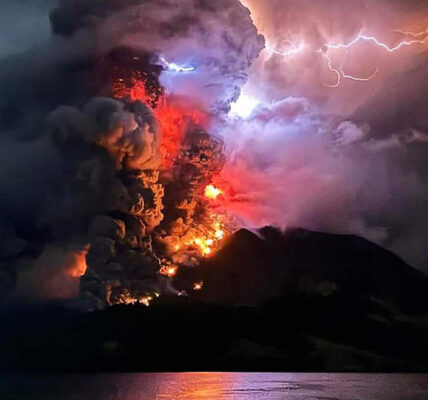- Homepage
- world affairs
- “Earth’s Snowball State: Unveiling Ancient Mysteries of Climate Change!”
“Earth’s Snowball State: Unveiling Ancient Mysteries of Climate Change!”
Unraveling the Mystery of Earth’s Snowball State 700 Million Years Ago
Have you ever wondered what Earth was like 700 million years ago? Picture this: the entire planet covered in ice, from pole to pole, with temperatures plunging to unimaginable lows. This icy phenomenon, known as Earth’s Snowball State, has intrigued scientists for years. Now, researchers at the University of Sydney in Australia may have uncovered the secrets behind this ancient deep freeze.

In a recent study published in Geology, scientists delved into the causes of Earth’s Snowball State, shedding light on the historical low volcanic emissions and significant weathering events that may have led to this icy epoch. Led by Dr. Adriana Dutkiewicz and Professor Dietmar Muller, the team used innovative plate tectonic modeling to unravel the mysteries of our planet’s frozen past.
The Sturtian glaciation, as it’s known, lasted from about 717 to 660 million years ago. Named after the 19th-century explorer Charles Sturt, this period saw Earth locked in a prolonged ice age, lasting for a staggering 57 million years. But what triggered this extreme cooling, and why did it persist for so long?
According to the researchers, the answer lies in a perfect storm of geological events. First, they identified historically low volcanic carbon dioxide emissions as a crucial factor. Volcanic activity typically releases CO2 into the atmosphere, contributing to the greenhouse effect and regulating Earth’s climate. However, during the Sturtian glaciation, volcanic emissions hit an all-time low, resulting in a significant drop in atmospheric CO2 levels.
But that’s not all. The scientists also pinpointed significant weathering events, particularly the erosion of volcanic rocks in what is now Canada. This weathering process acted as a carbon sink, absorbing atmospheric CO2 and further lowering its concentration. As a result, the planet experienced a double whammy of reduced CO2 emissions and increased carbon absorption, pushing Earth into a deep freeze.
To understand the geological processes at play, the researchers turned to plate tectonic modeling. They discovered that a reorganization of tectonic plates minimized volcanic degassing, further limiting CO2 emissions from underwater volcanoes. This combination of factors created the perfect conditions for a prolonged ice age, with atmospheric CO2 levels plummeting to less than half of what they are today.

But what does Earth’s Snowball State teach us about modern climate change? While the events of 700 million years ago unfolded over millions of years, human-induced climate change is happening at a much faster pace. According to NASA, the rate of human-caused climate change is ten times faster than anything seen before. As we continue to burn fossil fuels and release CO2 into the atmosphere, we risk disrupting the delicate balance of our planet’s climate system.
So, what can we learn from Earth’s ancient deep freeze? First and foremost, it highlights the interconnectedness of Earth’s geological and climatic systems. Small changes in CO2 levels can have profound effects on global climate, leading to extreme events like the Snowball Earth phenomenon.

Secondly, it underscores the importance of understanding our planet’s past to prepare for its future. By studying ancient climate events, scientists can better predict and mitigate the impacts of modern climate change. From reducing carbon emissions to investing in renewable energy, there are steps we can take to safeguard the future of our planet.
In conclusion, Earth’s Snowball State offers a window into our planet’s distant past, revealing the complex interplay of geological forces that shaped its climate. By unlocking the secrets of ancient glaciations, we gain valuable insights into the challenges we face today. As stewards of this remarkable planet, it is our responsibility to heed the lessons of the past and chart a course towards a more sustainable future.




